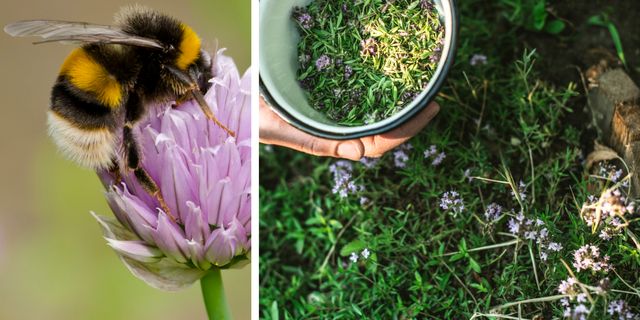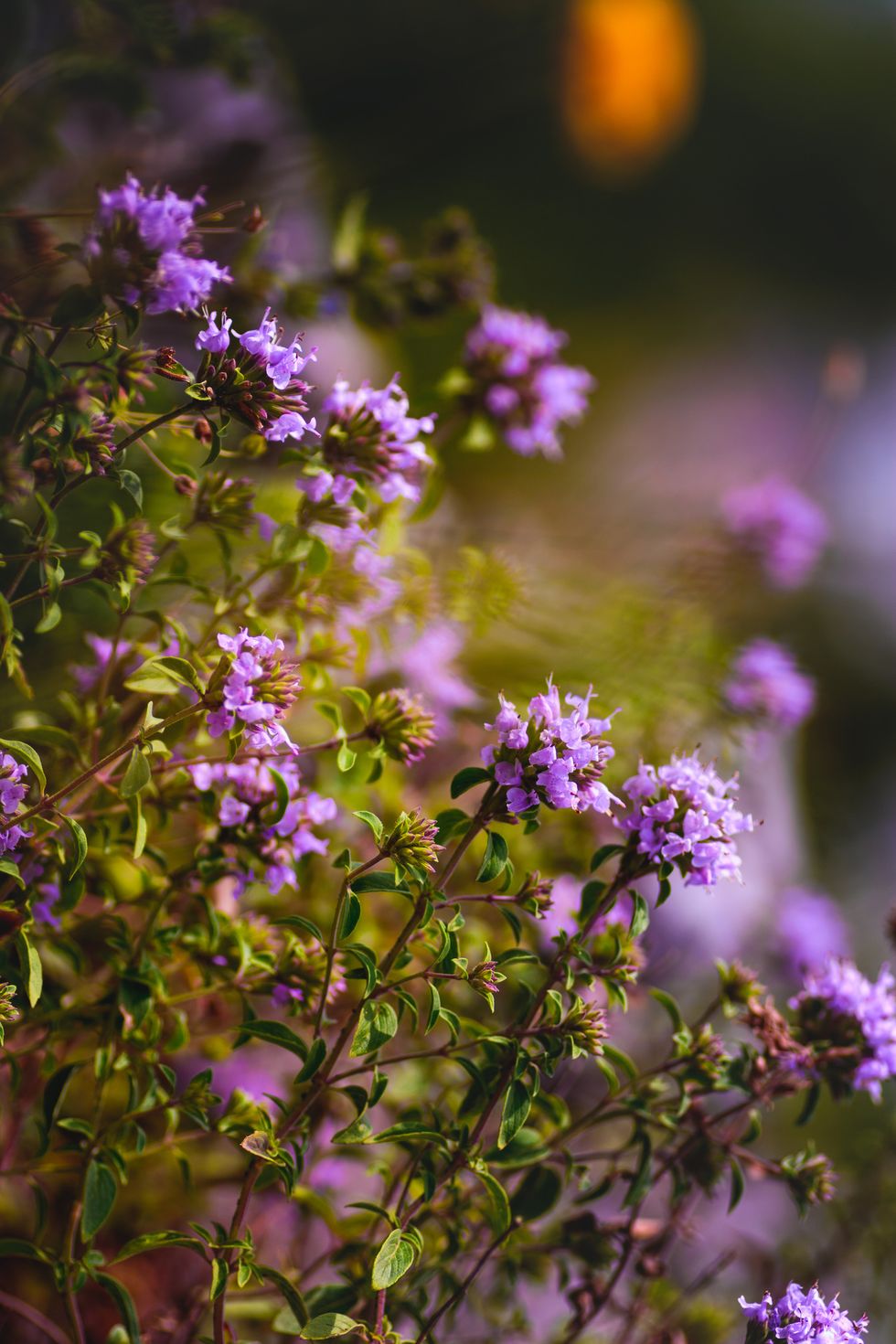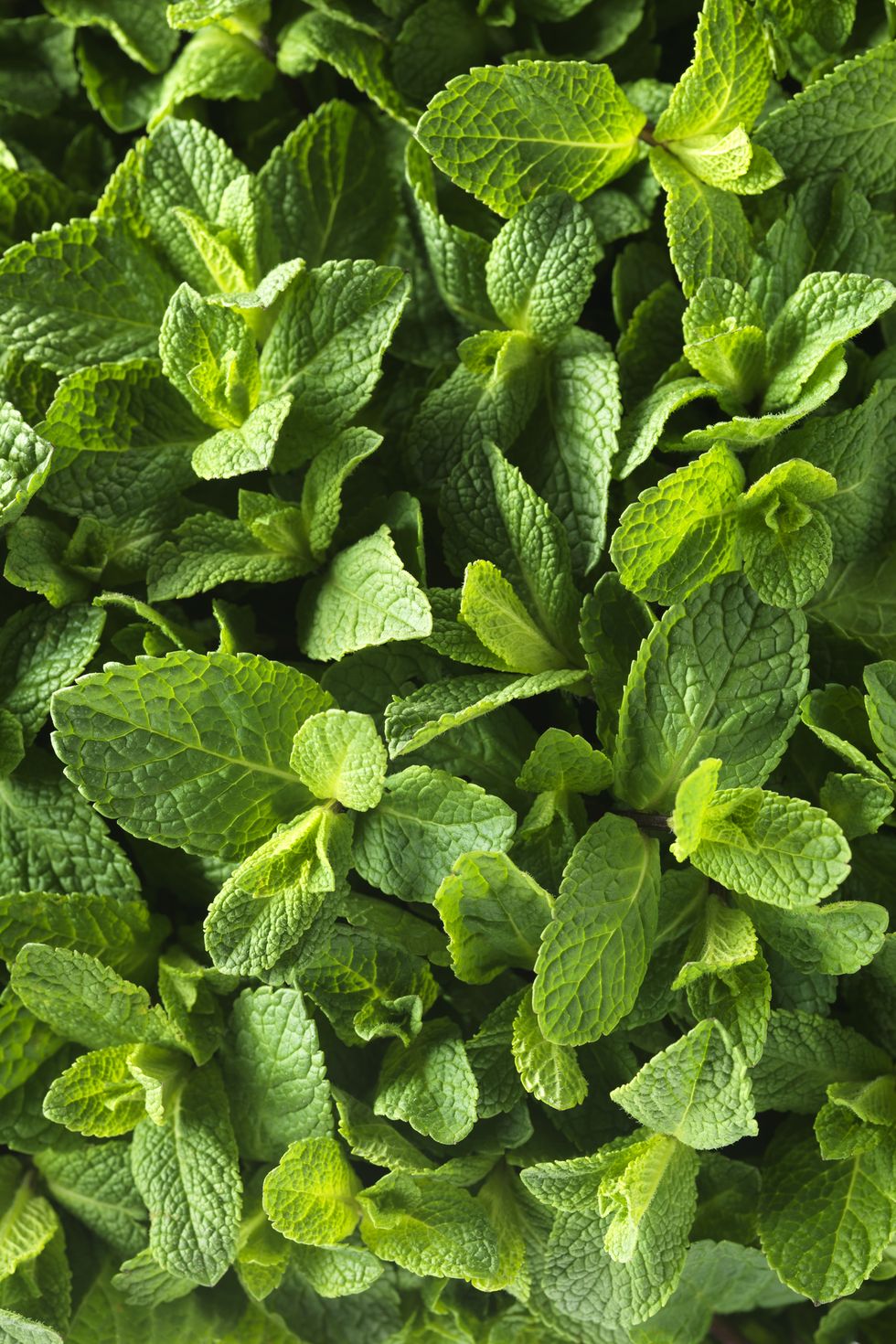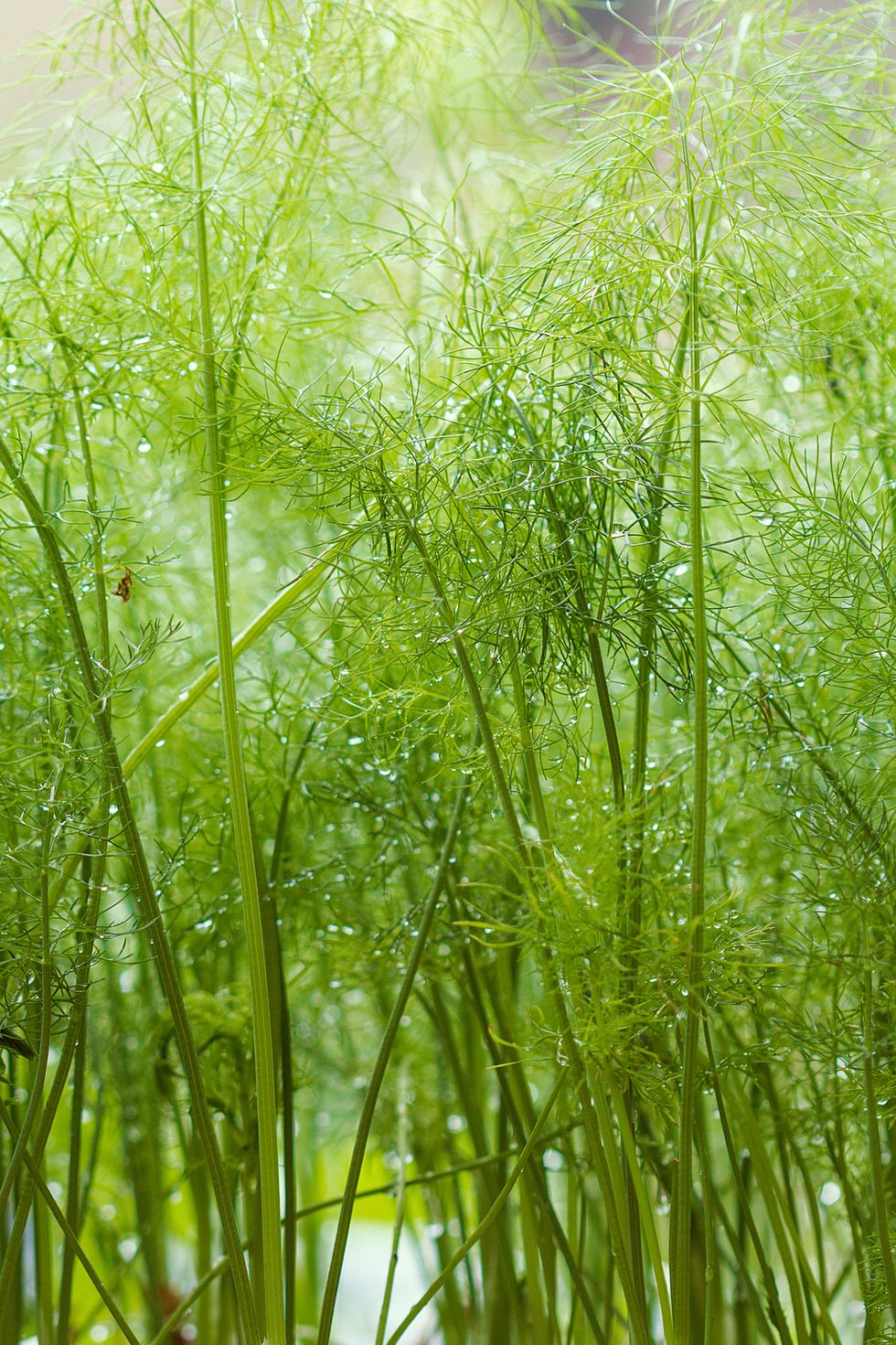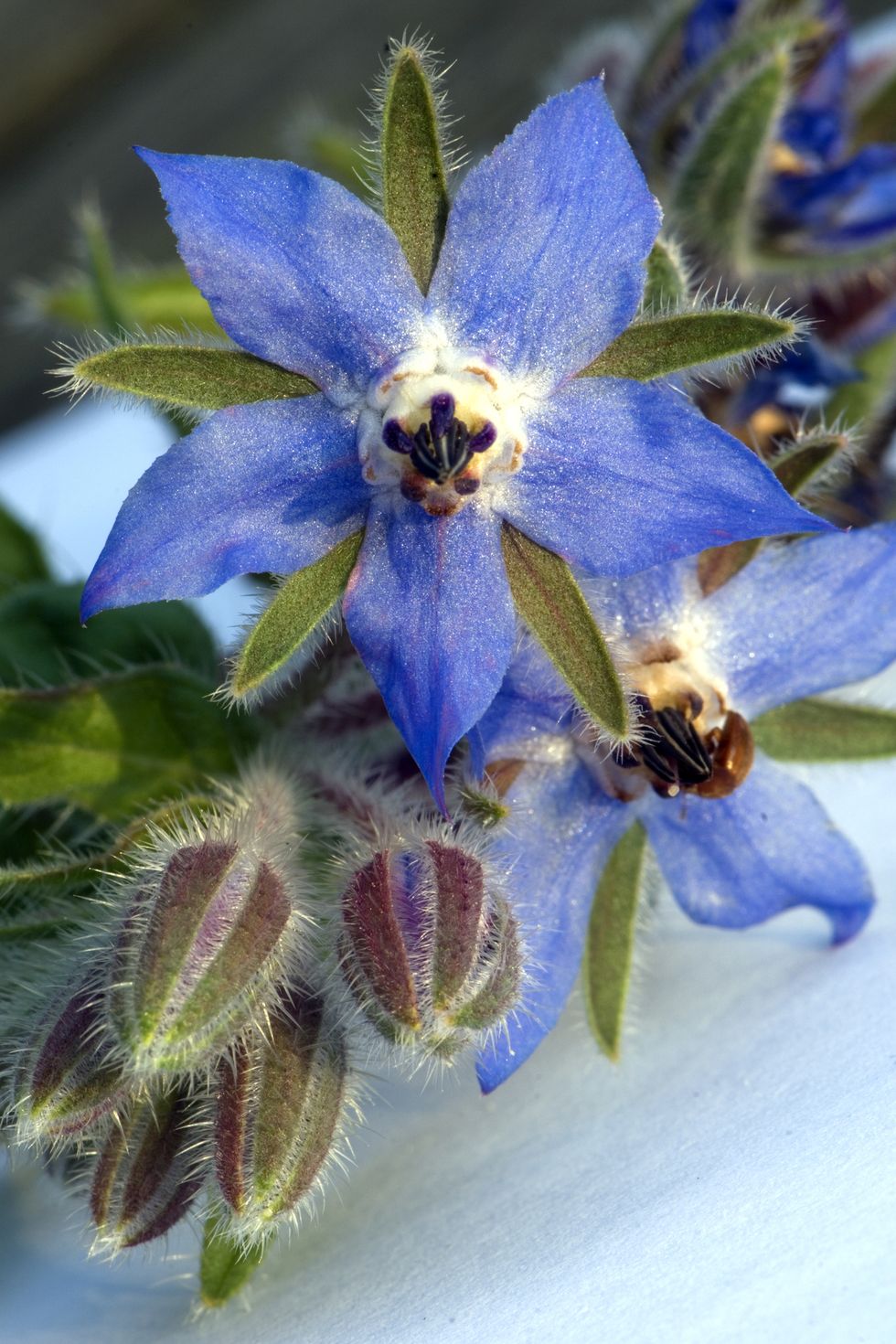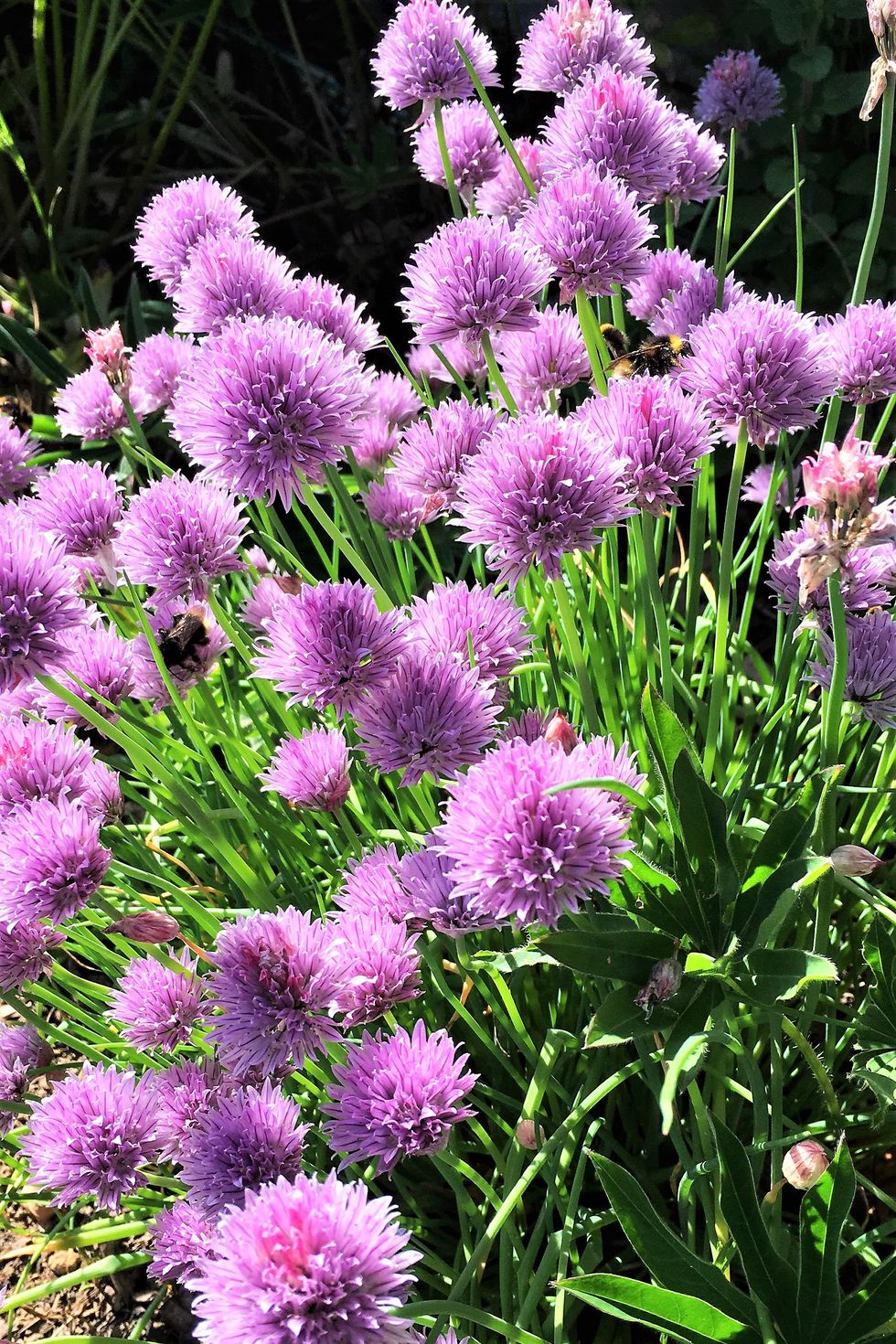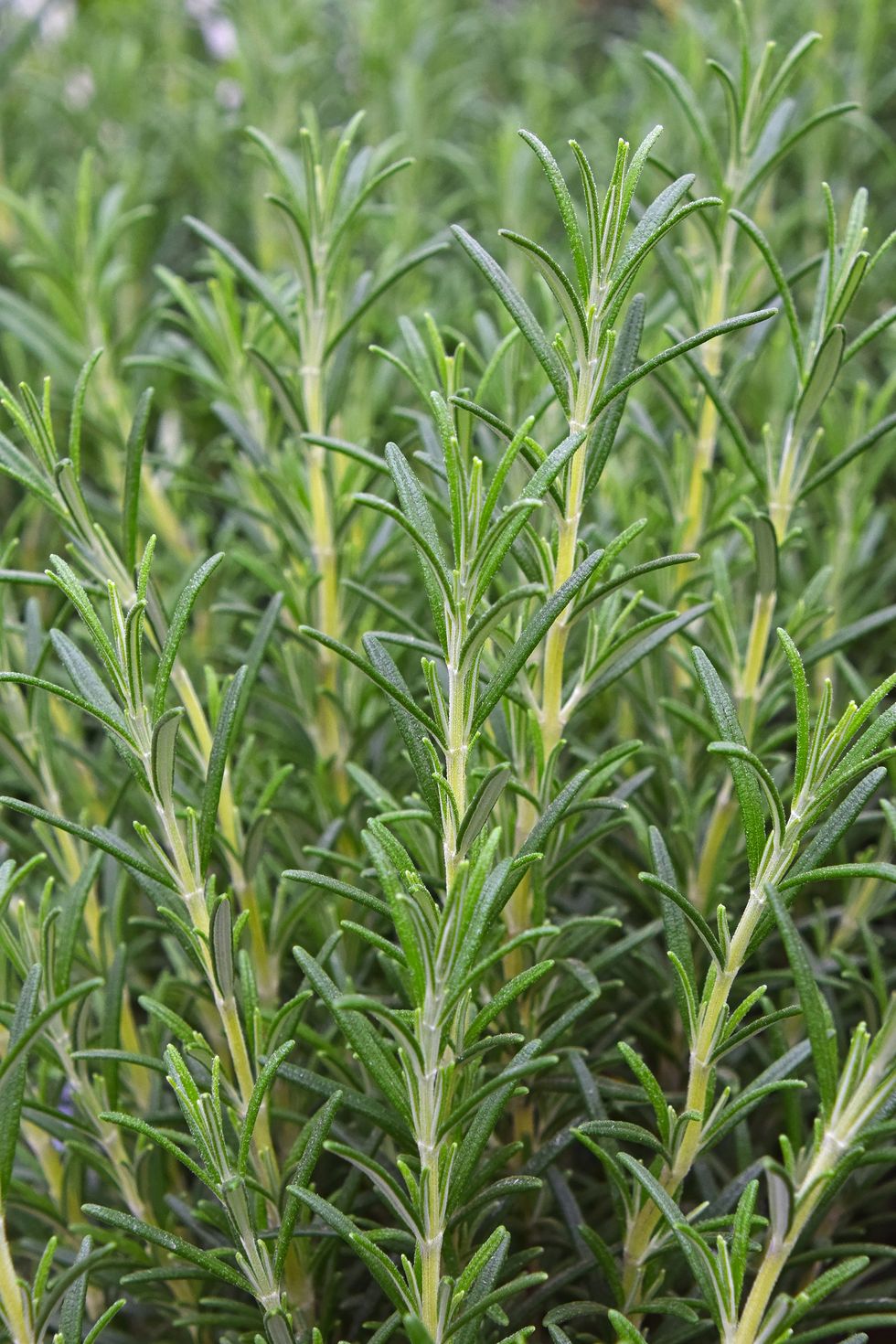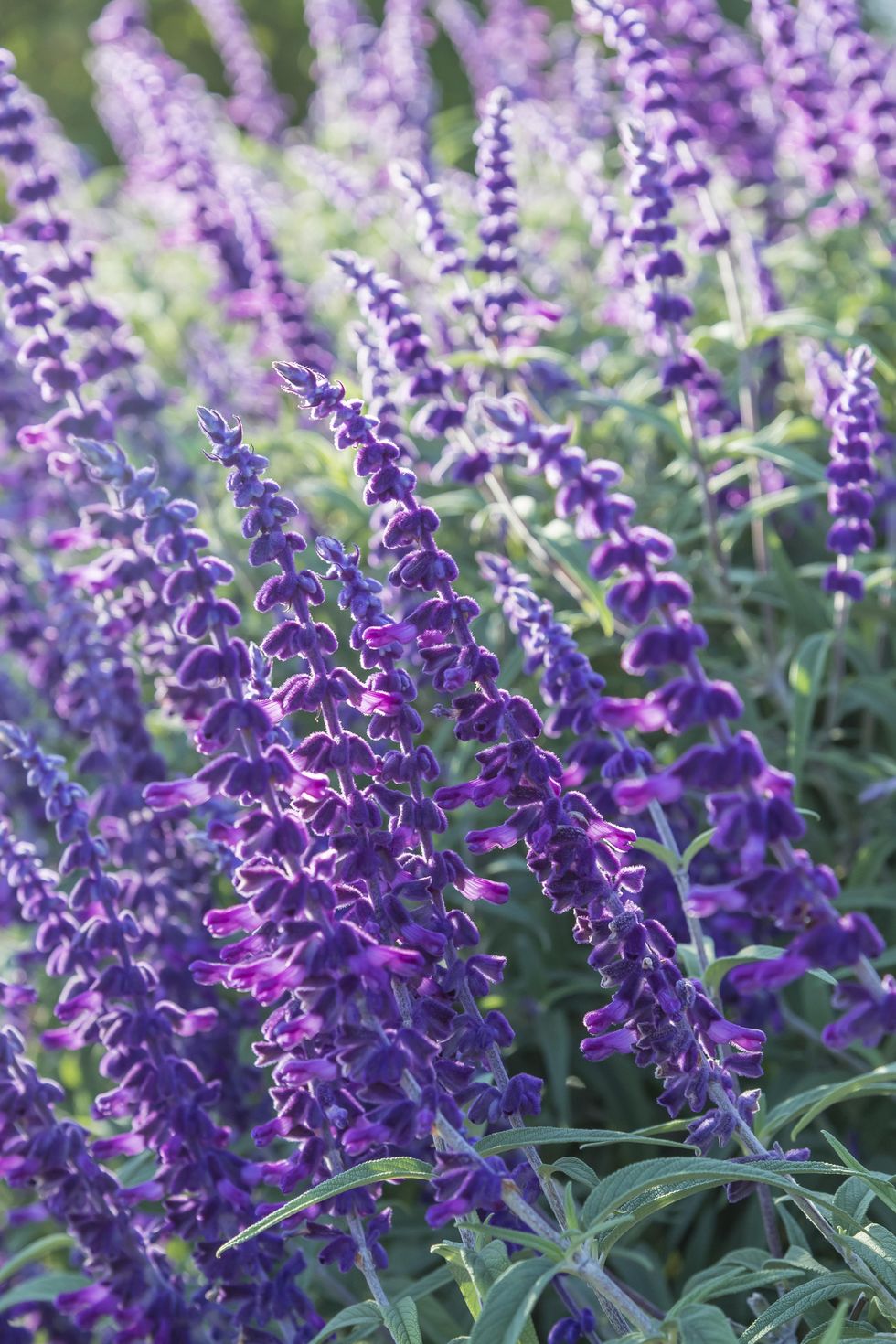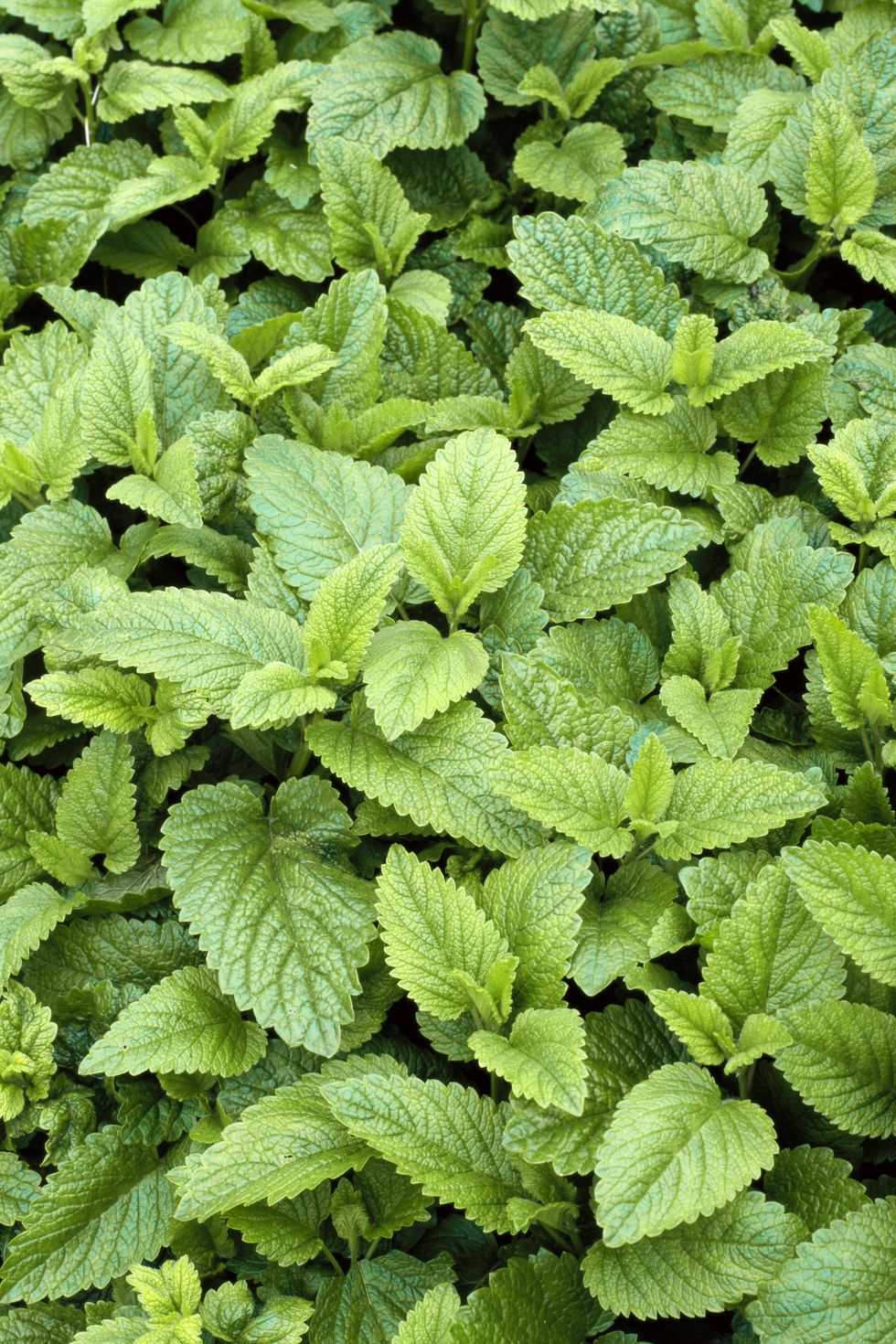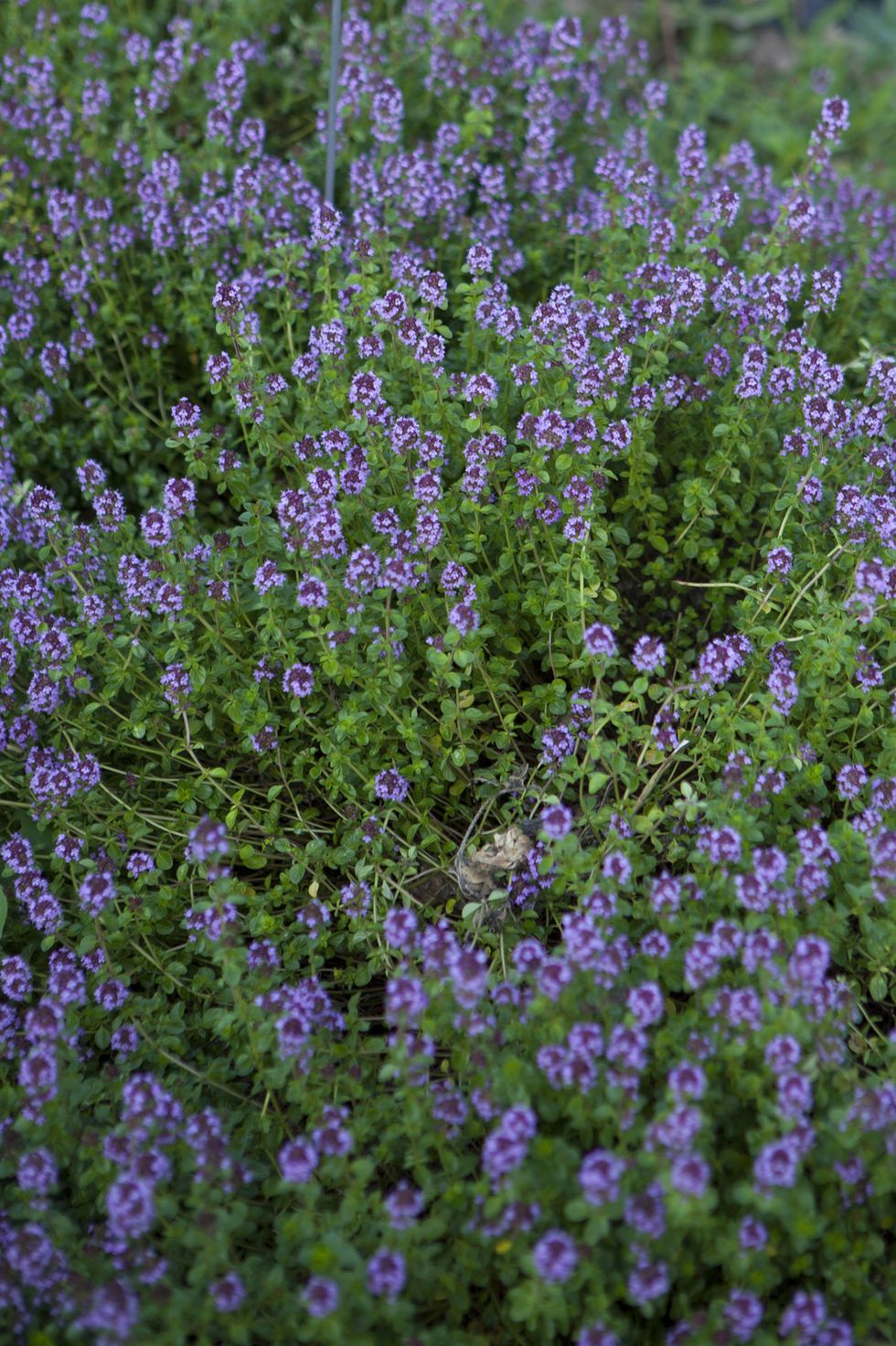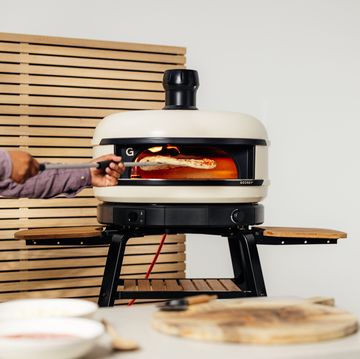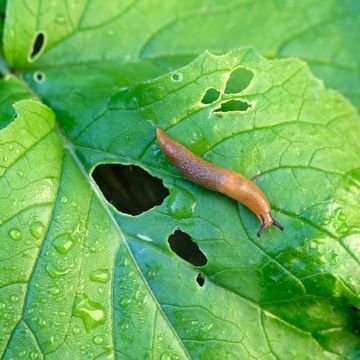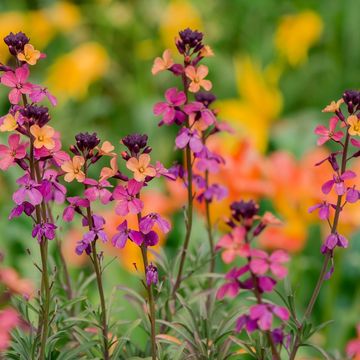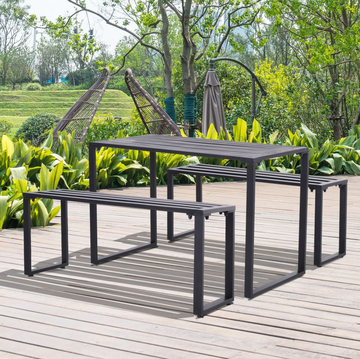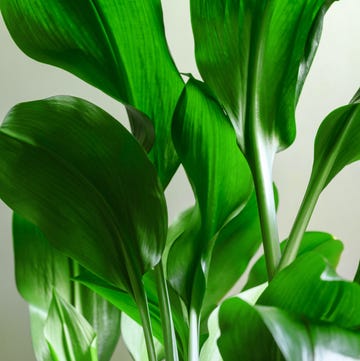We earn a commission for products purchased through some links in this article.
10 easy-to-grow herbs that bees will love – and it's great for your cooking too
Habitat loss is one of the biggest threats that bees face, but growing these flowering herbs in your garden will really help.
Provide a valuable source of food for bees and other pollinating insects whilst adding some variety to your cooking with this comprehensive list of the best bee-friendly herbs.
'Bees play a crucial role pollinating our food and plants – but we must do more to look after them,' says Craig Bennett, Friends of the Earth chief executive, who is also encouraging nature lovers to take part in the Great British Bee Count until 30th June 2018 (download the app for free here).
In the meantime, Friends of the Earth has shared with us the 10 best bee-friendly herbs to plant in your garden to help these insects thrive, and it turns out these fragrant plants will also take your dishes to the next level too.
Watch Next

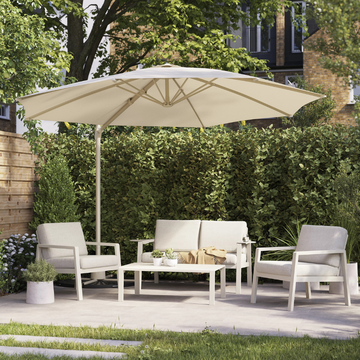
The best garden parasols to buy now

12 flower fields to visit in the UK this summer
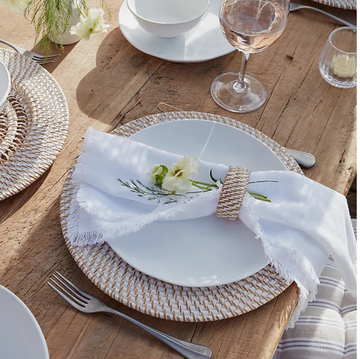
15 ideas to elevate your garden tablescape
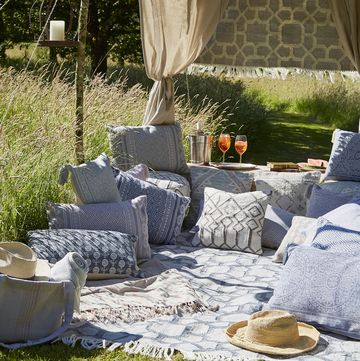
8 picnic ideas for stylish outdoor dining
